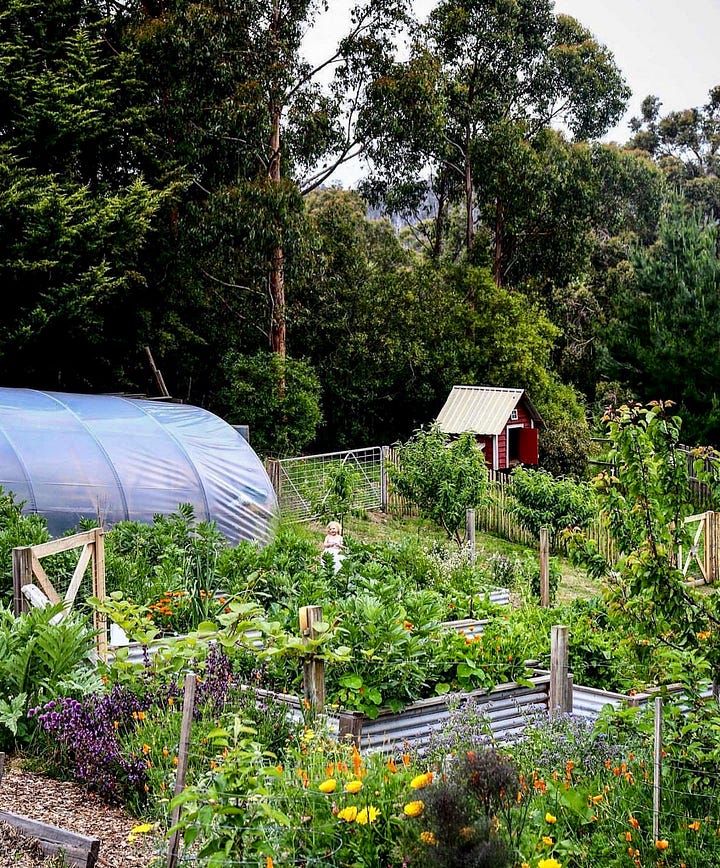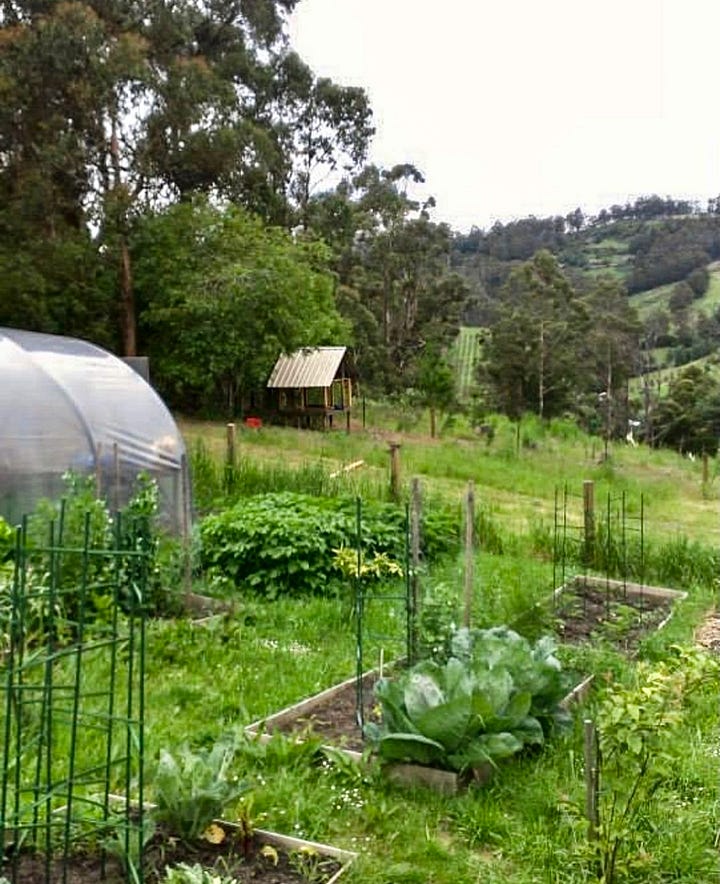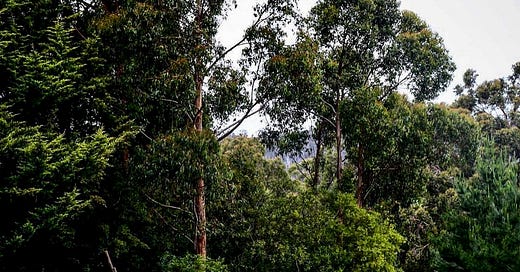Cheat Sheet: Companion Planting & Planting for Biodiversity at Moorfield & Little Oak (in the Rose Garden, Productive Garden & for Smaller Spaces).
Companion planting & planting for biodiversity creates a garden ecosystem which attracts good bugs, repels pests, manages weeds, increases productivity & protects & nourishes soil and plants.
I am a companion planter from way back, it was one of the first things I learnt when I began my garden journey over a decade ago and something I learnt while studying horticulture. Planting with biodviersity in mind came along after and is now the governing ethos by which I have built our two gardens, first Little Oak and now, Moorfield. I would say that the critters above and below that share our garden, have become as important to me as what I plant.
I do it for a few reasons…….to avoid using pesticides and herbicides, to bring in the good bugs, and birds, to manage and repel the insects I don’t want in too great a number. I do it to help feed and protect the soil and therefore, nourish the plants that grow in it, to help manage weeds and provide more shelter and food for the wee creatures that also utilise our garden, keeping the little ecosystem it is, in balance. I have to also say that I do it because I love abundance and the look of a little wildness and whimsy to my gardens which are made up of rather formal lines and rooms of traditional garden layout which marries it to the era and appearance of the homestead to which it belongs but helps to soften that structure and rigidness enough to make it feel more relaxed and invite greater biodiversity, and I think, beauty.
I also see it as gardening, at least the companion planting aspect of it, as my maternal family gardened on the family farm, overflowing with produce, great canopies of old trees and flowers, so many flowers, tended by my great grandmother, grandmother and great aunts and the common sense they used when growing, out of necessity mostly. There were no products one could buy from a shop then, not to feed the soil or get rid of unwanted pests or disease, it was closed loop gardening, organic gardening, before they even thought to name it anything other than just gardening. I mean, why would you not want a garden, that when given the opportunity, can take care of itself too?!
I have broken this Cheat Sheet into three sections; the first will cover Companion Planting & Planting for Biodiversity in the Rose Garden, the second will cover Companion Planting & Planting for Biodiversity in the Productive Garden and the last will look at what I would do in a small garden situation using the best combinations and the plants that have the biggest impact for minimal space.
I hope you enjoy this look at what and how we grow and grew our gardens at Moorfield and previously at Little Oak.
Pip xo


Keep reading with a 7-day free trial
Subscribe to The Garden at Moorfield to keep reading this post and get 7 days of free access to the full post archives.






